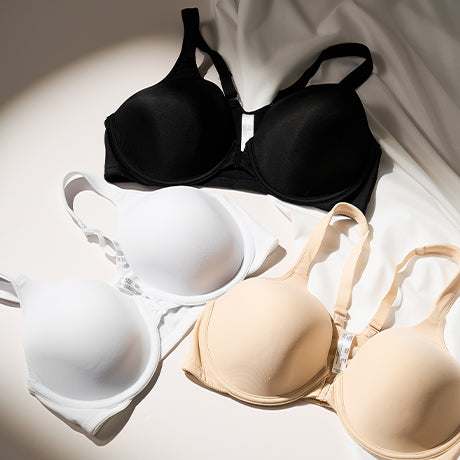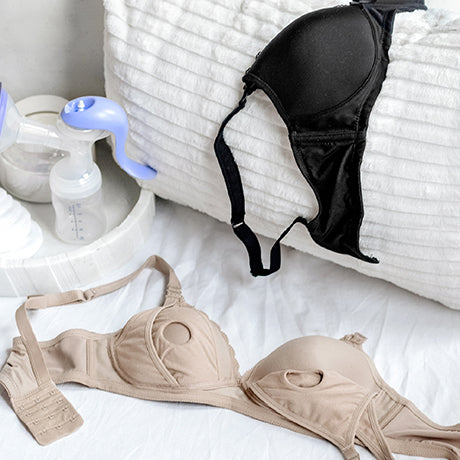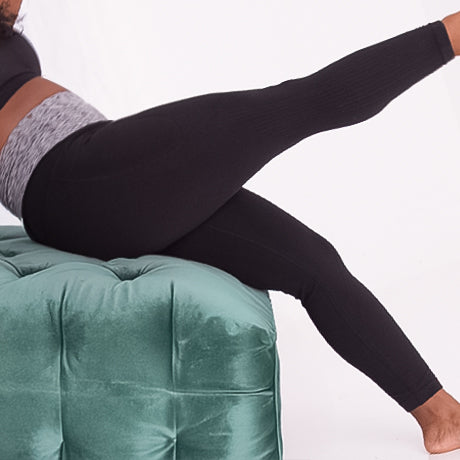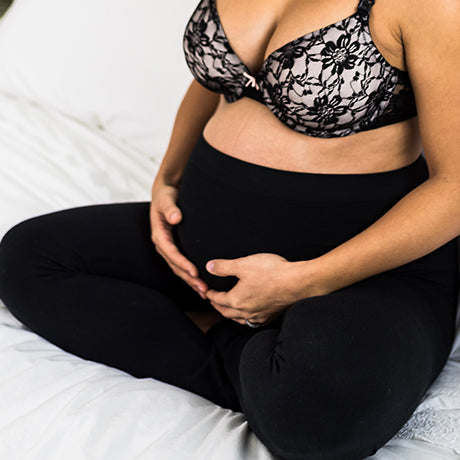Slow Biological Aging with Exercise
When it comes to health, your chronological age doesn’t really mean much. Sure, that number may help your friends determine how many candles to put on your birthday cake or whether or not you qualify for discounts, but your biological age is what really counts. Unlike your chronological age that increases every year, you can slow biological aging with exercise. Nice!
Your biological age refers to the youthfulness of your cells and it’s measured by the end caps of your chromosomes, called telomeres. Telomeres act as a protective measure for cells but they become shorter each time a cell divides. Eventually they become so short that they can no longer protect cells and the cells die, which contributes to aging. Additionally, shorter telomeres contribute to many diseases including heart disease and cancer, which is why older people are often at higher risk.
 The good news is that you can help preserve your telomeres by exercising. Research shows that any amount of physical activity supports health, vitality and longevity, but it’s consistent vigorous activity that can slow biological aging. In fact, one study out of Brigham Young University found that those who ran between 30 to 40 minutes at least five times a week had a biological age of nine years less than their sedentary counterparts of the same chronological age. Even doing moderate physical activity resulted in a seven year biological age difference.
The good news is that you can help preserve your telomeres by exercising. Research shows that any amount of physical activity supports health, vitality and longevity, but it’s consistent vigorous activity that can slow biological aging. In fact, one study out of Brigham Young University found that those who ran between 30 to 40 minutes at least five times a week had a biological age of nine years less than their sedentary counterparts of the same chronological age. Even doing moderate physical activity resulted in a seven year biological age difference.
Exercise helps reduce inflammation and, like eating antioxidants, can reduce oxidative stress on cells. This may be how exercise can help maintain the integrity of telomeres but scientists aren’t positive of the exact reason people are able to slow biological aging with exercise.
Another study from the University of Mississippi and the University of California, San Francisco reviewed a wealth of data from the National Health and Nutrition Examination Survey. They, too, found that the more vigorous and diverse the exercise, the more it reduced biological aging. They also noted that maintaining an exercise regimen during the chronological ages of 45 and 60 was vital for preserving the length of telomeres.
Of course exercise also helps you maintain muscle (which naturally begins to deteriorate starting at around age 35) and it keeps your weight in check to counteract the gradual increase of stored fat that also comes with age. And exercise supports strong bones, joints, tendons and ligaments that can reduce age-related injuries and pain. All of these benefits reduce risk of developing chronic conditions, illness and disease. They also support a younger-looking appearance by helping maintain good posture and less wrinkled skin. And exercise stimulates the production of a protein that supports growth in the hippocampus resulting in better memory and brain function.
Perhaps you cannot turn back the dates on the calendar but this exciting research proves you can turn back the clock on your cells and slow biological aging with exercise!
Sources: The New York Times, Newsweek and Mind, Body, Green
The post Slow Biological Aging with Exercise appeared first on Leading Lady.





